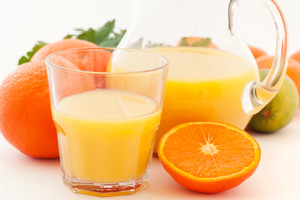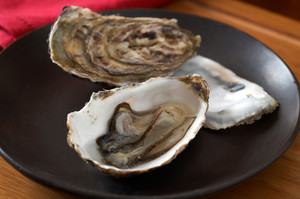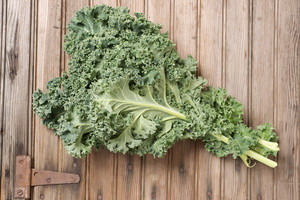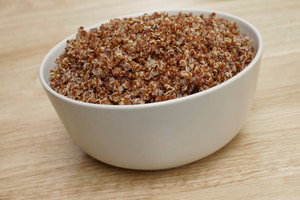
Vision problems like cataracts and age-related macular degeneration affect millions of older adults. But these eye diseases can be slowed down or avoided by getting vitamins A, C and E, zinc, lutein, zeaxanthin, betacarotene and omega-3 fatty acids into your system, according to the Age-Related Eye Disease (ARED) study conducted by the National Eye Institute.
It's best to get these vitamins, minerals and antioxidants in your system by eating them, rather than taking a pill, according to WebMD. A new study has found some supplements may not be as effective as originally believed (for example, betacarotene is not advised for smokers due to an increased risk for lung cancer). Eating foods rich in these vitamins, minerals and minerals is important for better vision.
Here are five foods/drinks that have been shown to improve vision:
1. Orange Juice
Vitamin C has many benefits for eye health. It promotes healthy ocular blood vessels, and can reduce the risk of nuclear cataracts (clouding in the center of your lens that can make you see multiple images), according to the American Optometric Association.
Getting 500 mg/day of vitamin C can slow the "the progression of advanced age-related macular degeneration by about 25 percent and visual acuity loss by 19 percent in individuals at high-risk for the disease," according to the Age-Related Eye Disease Study. Drinking around five cups of orange juice offers up a full day's supply of vitamin C; OJ is one of the highest sources of vitamin C, according to the USDA.
2. Oysters
Oysters are more than an aphrodisiac: They are the best source for zinc, a mineral that is essential to eye health and vision, according to WebMD. "Zinc enables vitamin A to create a pigment called melanin, which protects the eye" and has been linked to improved night vision.
The ARED study recommends 40-80 mg/day of zinc; you can knock most of that out by slurping six oysters (76.3 mg of zinc). Of course, we understand six oysters a day may not be the most practical of suggestions. Other foods that are rich in zinc include beef, beans and nuts, but the difference is huge: a 3 oz. of cooked beef only provides 5.2 mg of the mineral.
3. Kale
Cooked kale is high in lutein and zeaxanthin, two antioxidants that are also found in your eyes, according to nutritionist Joy Bauer's website. The antioxidant tag team protects the eye from damaging free radicals and "absorbs 40 to 90 percent of blue light intensity."
The ARED2 found that supplementing the ARED formulation with lutein and zeaxanthin led to an 18 percent decrease in the chance of age-related macular degeneration for participants. And eating leafy greens like kale can increase the "pigment density in the macula (the part of the retina that is responsible for detailed viewing and helps us with reading), leading to better retina protection, and possibly a lower risk of macular degeneration," according to JoyBauer.com.
4. Peanuts
Peanuts are a great source of vitamin E and omega-3 fatty acids, which are vital ingredients to eye health. Vitamin E has been shown to delay cataracts and age-related macular degeneration. And people suffering from low levels of omega-3 fats DHA and EPA have developed eye diseases such as diabetic retinopathy, or damage to the retinas blood vessels that can cause blindness.
5. Quinoa
A low-glycemic diet was found to reduce the risk of age-related macular degeneration by 8 percent, according to RealAge.com. So dig in to whole grains such as quinoa instead of refined carbs, like bread products made out of white flour.





